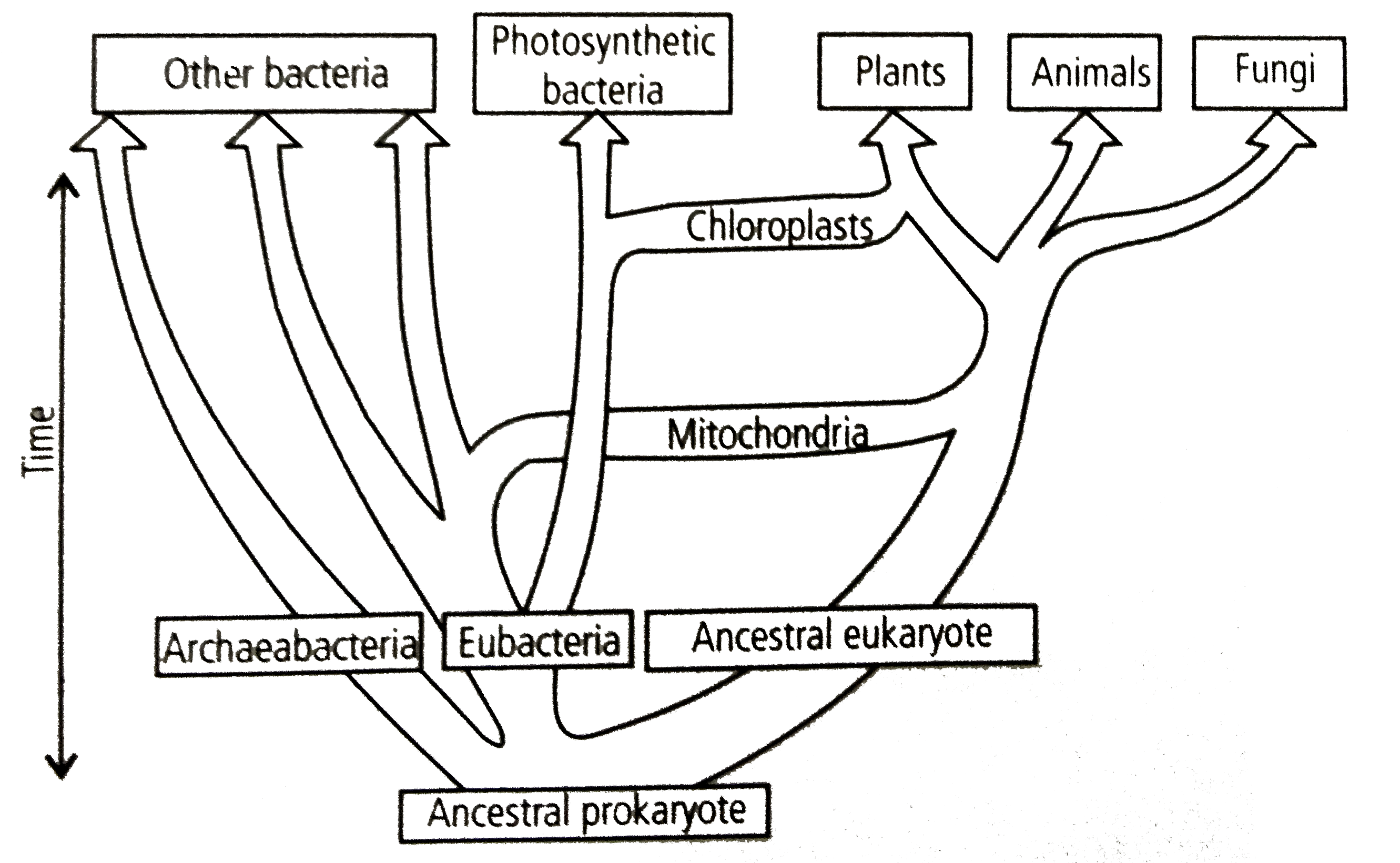Mitochondria and chloroplast divides by
Meiosis-I equivalent to mitosis division
Mitosis
Fission
Meiosis
The correct Answer is:C
Step-by-Step Solution:
1. Understanding Mitochondria and Chloroplasts:
- Mitochondria and chloroplasts are known as semi-autonomous organelles. This means they can replicate independently of the cell's nucleus.
2. Presence of Genetic Material:
- Both organelles contain their own DNA, which is circular and double-stranded. This is similar to bacterial DNA.
3. Ribosomes and Enzymes:
- Mitochondria have 70S ribosomes and various enzymes that facilitate their functions. Chloroplasts also have similar structures.
4. Division Process:
- Mitochondria and chloroplasts divide through a process known as fission. This process is akin to bacterial fission, where a single organism divides into two.
5. Independence from Nucleus:
- The division of mitochondria and chloroplasts occurs independently of the cell's nucleus, allowing them to increase in number as needed.
6. Conclusion:
- Therefore, the correct answer to the question is that mitochondria and chloroplasts divide by fission.
---
- Mitochondria and chloroplasts are known as semi-autonomous organelles. This means they can replicate independently of the cell's nucleus.
- Both organelles contain their own DNA, which is circular and double-stranded. This is similar to bacterial DNA.
- Mitochondria have 70S ribosomes and various enzymes that facilitate their functions. Chloroplasts also have similar structures.
- Mitochondria and chloroplasts divide through a process known as fission. This process is akin to bacterial fission, where a single organism divides into two.
- The division of mitochondria and chloroplasts occurs independently of the cell's nucleus, allowing them to increase in number as needed.
- Therefore, the correct answer to the question is that mitochondria and chloroplasts divide by fission.
Topper's Solved these Questions
- BIOLOGY AT A GLANCEBOOK - ALLENCHAPTER - BIOLOGY AT A GLANCEEXERCISE - Plant physiology
64 Videos
- BIOLOGY AT A GLANCEBOOK - ALLENCHAPTER - BIOLOGY AT A GLANCEEXERCISE - Reproduction In Plants
25 Videos
- BIOLOGY AT A GLANCEBOOK - ALLENCHAPTER - BIOLOGY AT A GLANCEEXERCISE - Biomolecule
29 Videos
- BIODIVERSITY AND CONSERVATIONBOOK - ALLENCHAPTER - BIODIVERSITY AND CONSERVATIONEXERCISE - S
18 Videos
- BIOLOGY AT A GLANCE (ZOOLOGY )BOOK - ALLENCHAPTER - BIOLOGY AT A GLANCE (ZOOLOGY )EXERCISE - EXERCISE
207 Videos
Similar Questions
Knowledge Check
The element that is not very mobile and remains fixed to mitochondria and chloroplasts is
ApotassiumBcalciumCsulphurDironGiven diagram illustrates an evolutionary tree.

Which of the following statements can be deduced from the given evolutionary tree?
(i) The ancestral eukaryotes were anaerobic.
(ii) All eukaryotes were anaerobic.
(ii) All eukaryotes possess mitochondria.
(iii) Eubacteria and Eukaryota have a common ancestor whereas Archebacteria have a unique and independent origin.
(iv) Mitochondria and chloroplasts have similar genomes.
(v) Mitochondria are presents in plants, animals and fungi.
(vi) chloroplasts and mitochondria arose asendosymbionts.
(vii) Fungi and animals lost chloroplasts during evolution.Aiii,v and viBi,v and viCii,iii,iv and vDi,v,vi and vii
Assertion . Mitochondria and chloroplasts have their own genome
Reason . Endoplasmic reticulum and Golgi body are the cell organelles which have their own DNA
View SolutionRibosomes of bacteria mitochondria and chloroplasts are of
View SolutionBoth mitochondria and chloroplasts
View SolutionMitochondria and chloroplasts are semi- autonomous as they possess
View SolutionDifferentiate between the following :
Mitochondria and Chloroplast.
View SolutionMitochondria and chloroplast are considered to be endosymbionts of cells because they
View Solution
